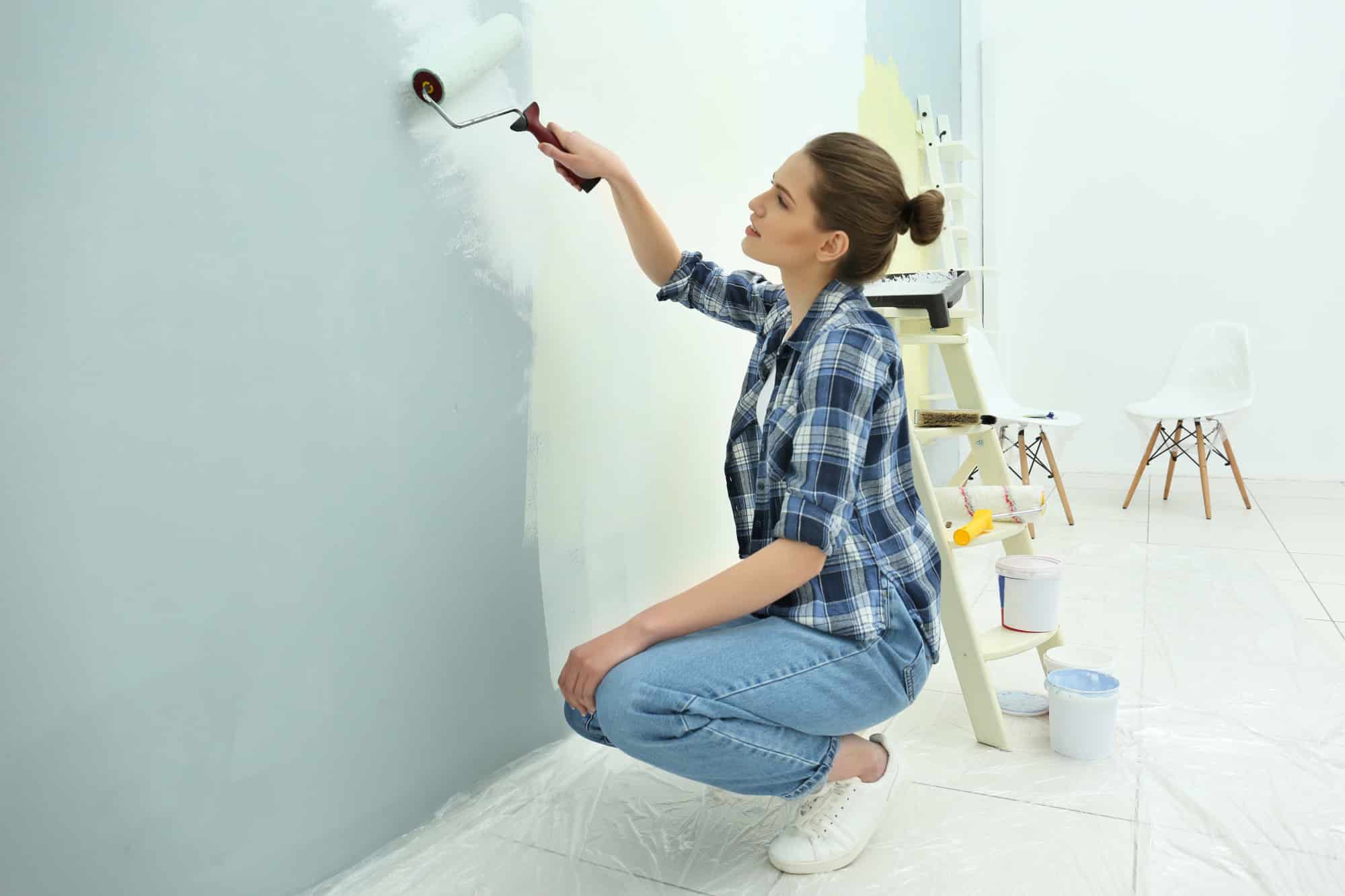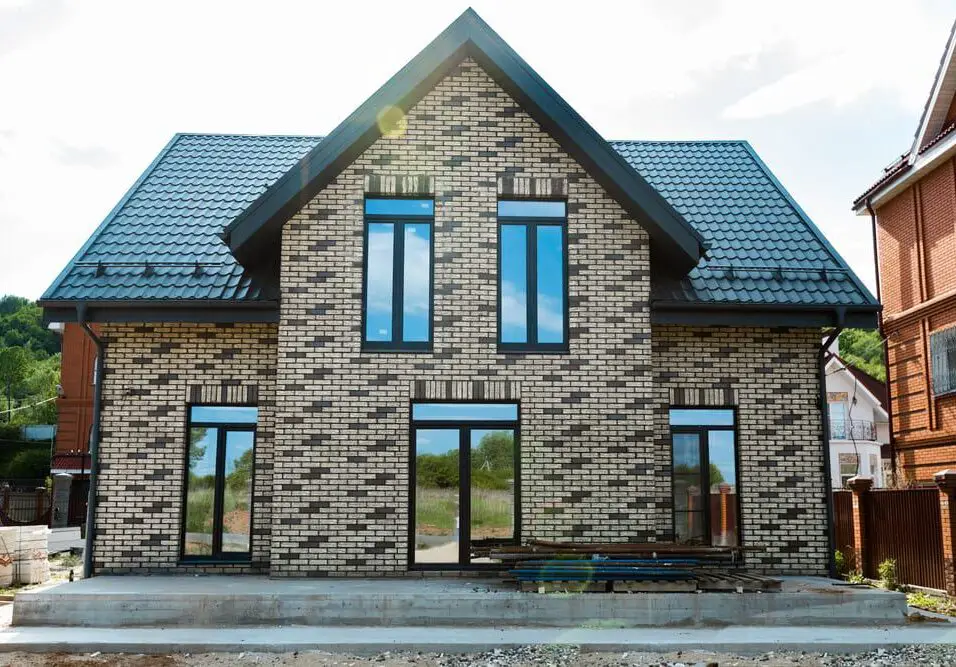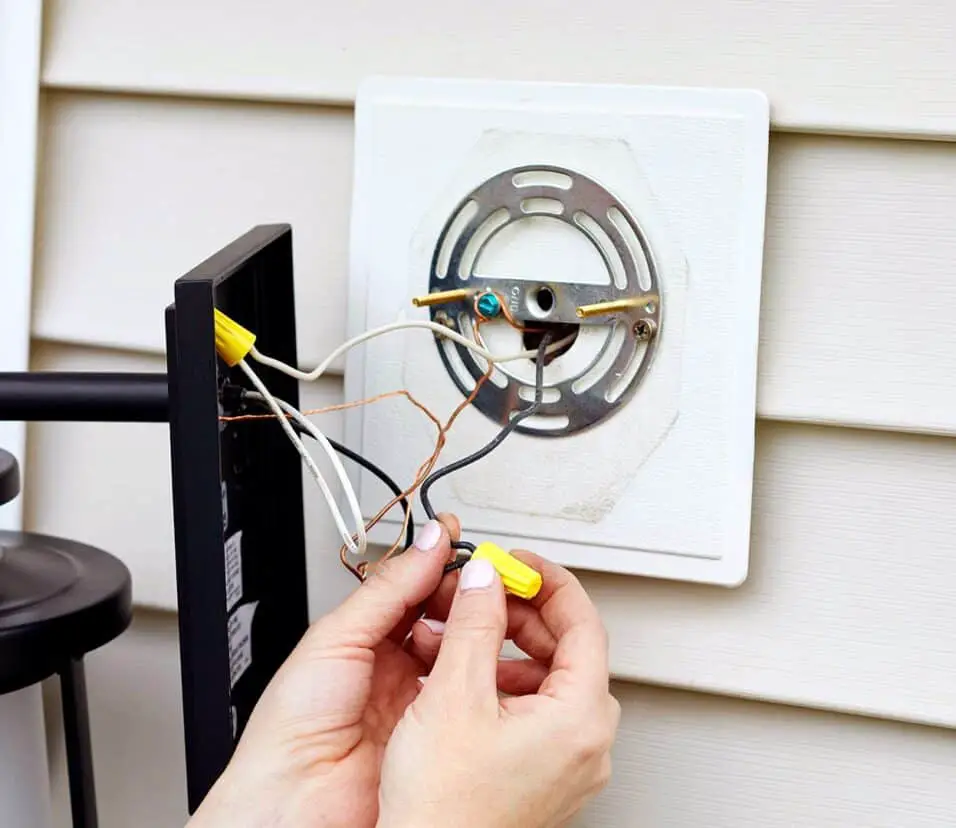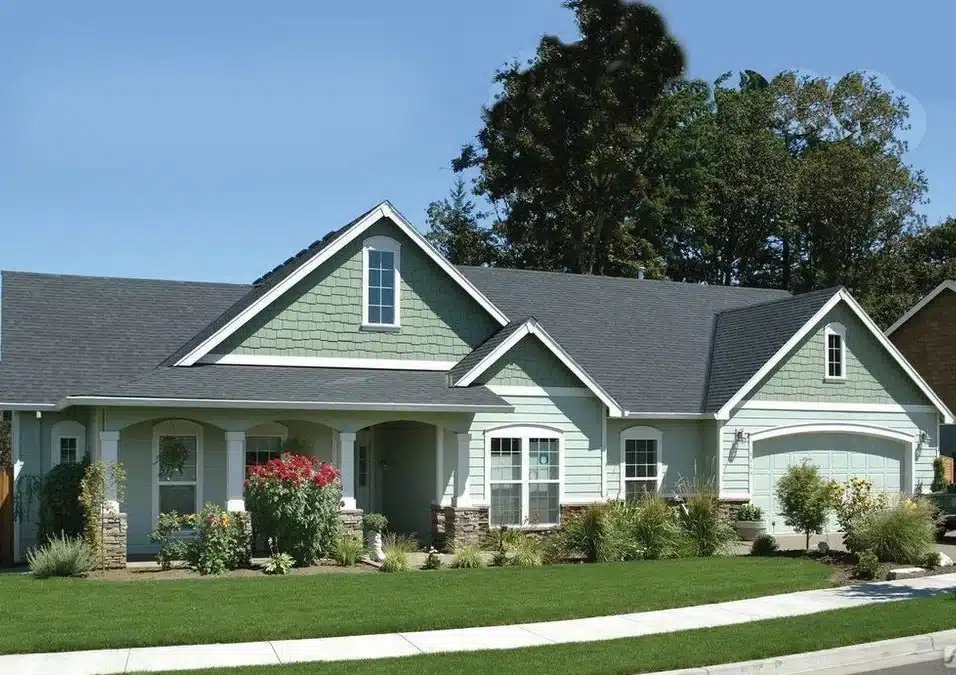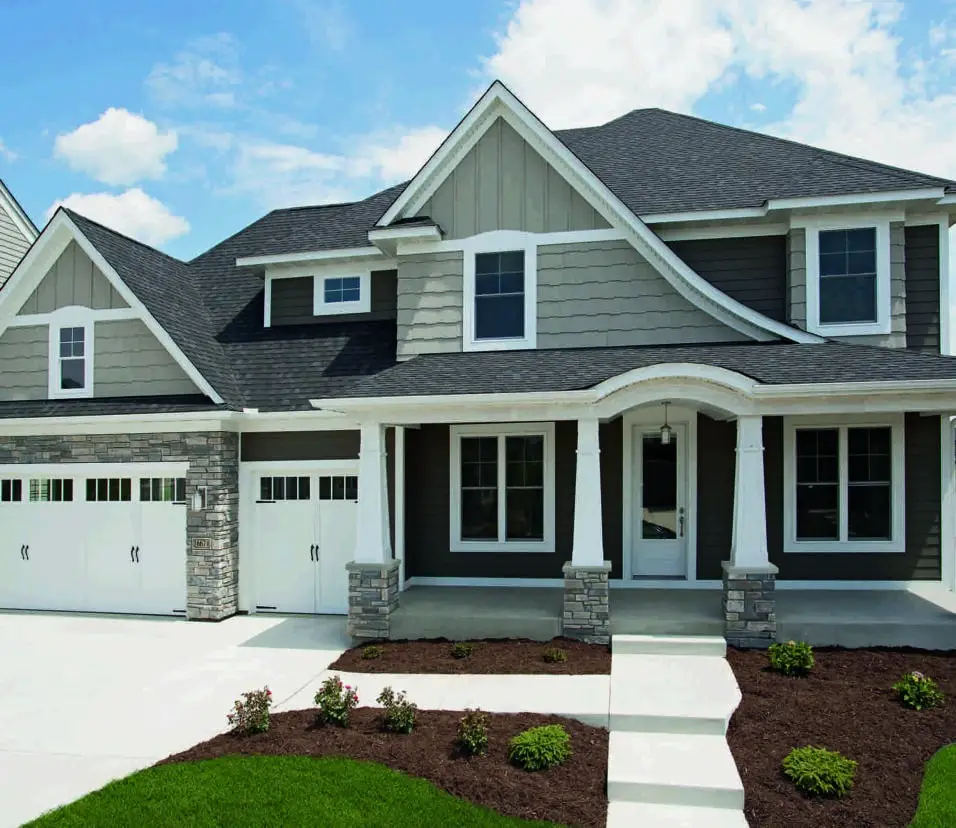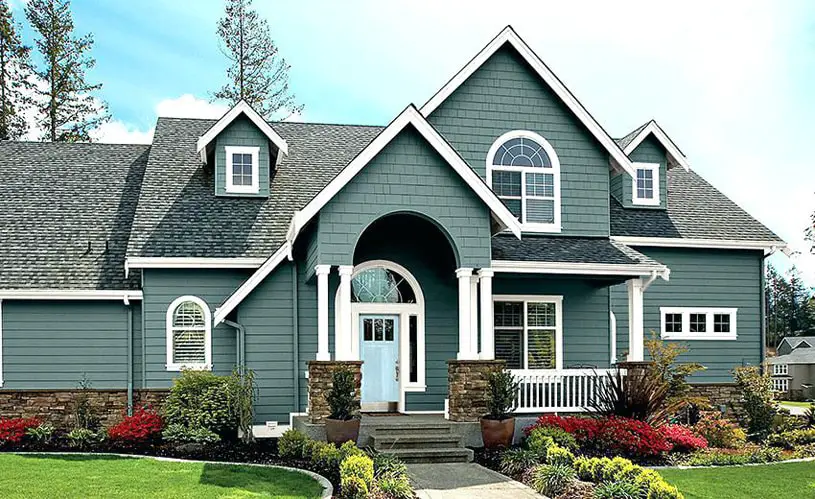How Long Does Exterior Paint Take To Dry
Introduction
How Long Does Exterior Paint Take To Dry: When it comes to painting the exterior of your home, one of the most common questions that homeowners have is how long it takes for the paint to dry. The drying time of exterior paint can vary depending on several factors, including the type of paint used, the weather conditions, and the surface being painted. Understanding the drying process and factors that can affect it is essential for achieving a successful and long-lasting paint job.
Firstly, the type of paint used plays a significant role in determining the drying time. Different types of exterior paint, such as oil-based or latex-based, have different drying characteristics. Oil-based paints typically take longer to dry compared to latex-based paints. This is because oil-based paints contain solvents that evaporate more slowly, resulting in a longer drying time. On the other hand, latex-based paints dry relatively quickly as they are water-based and dry through evaporation.
Secondly, weather conditions can greatly impact the drying time of exterior paint. Factors such as temperature, humidity, and wind speed can either speed up or slow down the drying process. In general, warmer temperatures and lower humidity levels promote faster drying, while cooler temperatures and higher humidity levels can prolong the drying time. Additionally, windy conditions can cause the paint to dry too quickly, leading to a poor finish, while calm conditions allow for a more even and controlled drying process.
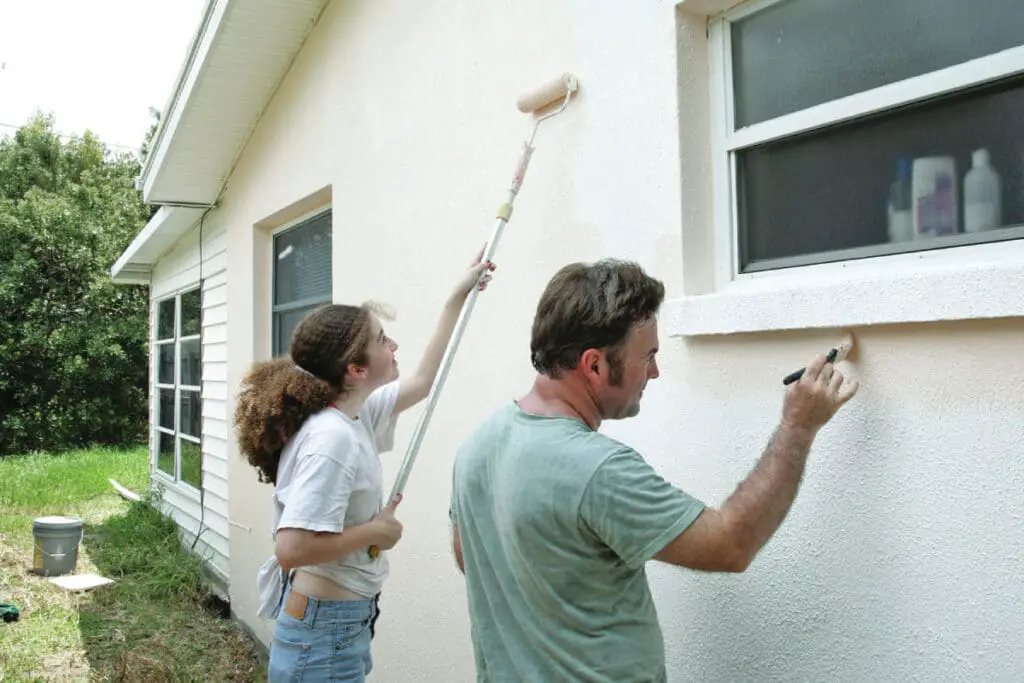
How long does exterior paint need to dry before rain?
Roughly speaking, your exterior paint should be able to handle some light rain within 2 hours. Around 4 hours it should be ok for rain.
When it comes to painting the exterior of your home, one of the most important factors to consider is the weather. Rain can have a significant impact on the drying process of exterior paint, so it’s crucial to know how long you should wait before it’s safe to paint if rain is in the forecast.
The drying time for exterior paint before rain can vary depending on several factors:
1. Type of paint: Different types of paint have different drying times. Oil-based paints typically take longer to dry compared to latex or water-based paints. It’s important to check the manufacturer’s instructions for the specific paint you are using to determine the recommended drying time.
2. Temperature and humidity: The weather conditions play a significant role in the drying time of paint. Higher temperatures and lower humidity levels can speed up the drying process, while cooler temperatures and higher humidity can slow it down. It’s generally recommended to paint when the temperature is between 50 and 90 degrees Fahrenheit and the humidity is below 85%.
Number of coats: If you are applying multiple coats of paint, each coat will need time to dry before applying the next one.
4. Surface preparation: Properly preparing the surface before painting can also affect the drying time. If the surface is not clean, dry, and free of debris, it can hinder the paint’s ability to dry properly.
Considering these factors, it’s generally recommended to wait at least 24 hours before exposing freshly painted exterior surfaces to rain. However, it’s always best to consult the specific instructions provided by the paint manufacturer for the most accurate drying time.
How long does 1 coat of exterior paint take to dry?
According to Grasley and other designers, here are general rules of thumb to follow when waiting a minimum amount of time for your paint to dry: Interior Paint: Dry in one hour, re-coat in two hours. Exterior Paint: Dry in one hour, re-coat in two hours (on heavy stains allow 12 to 16 hours before recoating)
When it comes to painting the exterior of a house or any other structure, one of the most common questions that arises is how long it takes for a coat of paint to dry. The drying time of exterior paint can vary depending on several factors, including the type of paint used, the weather conditions, and the surface being painted.
The type of paint used plays a significant role in determining the drying time. Different types of exterior paints have different drying times. For example, oil-based paints generally take longer to dry compared to water-based paints. Oil-based paints can take anywhere from 6 to 8 hours to dry, while water-based paints typically dry within 1 to 3 hours.
The weather conditions also affect the drying time of exterior paint.
If the weather is hot and dry, the paint will dry faster. On the other hand, if the weather is cold and humid, the drying time will be longer. It is important to consider the weather forecast before starting an exterior painting project to ensure optimal drying conditions.
The surface being painted is another factor that can impact the drying time. Porous surfaces, such as wood or stucco, tend to absorb more moisture from the paint, which can prolong the drying process. In contrast, non-porous surfaces, like metal or vinyl, allow the paint to dry more quickly.
It is important to note that the drying time mentioned above refers to the touch-dry stage, where the paint is dry to the touch. However, it is recommended to wait for at least 24 hours before applying a second coat of paint or exposing the painted surface to any moisture or harsh conditions. This allows the paint to fully cure and ensures a long-lasting finish.
Will exterior paint dry overnight?
Oil-based paints are often dry to the touch in only about six to eight hours but, again, it is better to give it a couple of extra hours to ensure that the paint is fully dried. It is not uncommon to wait overnight for oil-based paints to dry.
Exterior paint is a crucial element in maintaining the appearance and protection of a building’s exterior surfaces. Whether you are painting your home, office, or any other structure, it is important to understand the drying time of exterior paint. One common question that arises is whether exterior paint will dry overnight.
The drying time of exterior paint depends on various factors such as the type of paint, weather conditions, and the surface being painted. Different types of exterior paint have different drying times. For example, oil-based paints typically take longer to dry compared to water-based paints. Additionally, the weather conditions play a significant role in the drying process. If the weather is humid or cold, it can prolong the drying time of the paint. On the other hand, warm and dry weather can expedite the drying process.
It is important to note that while exterior paint may dry overnight
It may not fully cure within that time frame. Curing refers to the process in which the paint reaches its maximum hardness and durability. This process can take several days or even weeks, depending on the type of paint and the environmental conditions. Therefore, it is essential to allow sufficient time for the paint to cure before subjecting it to any harsh conditions or cleaning.
There are certain steps you can take to ensure that the exterior paint dries properly and efficiently. Firstly, it is crucial to follow the manufacturer’s instructions regarding the drying time and curing process. These instructions are specific to the type of paint being used and provide valuable guidance. Secondly, it is advisable to paint during favorable weather conditions. Choosing a warm and dry day can help expedite the drying process. Lastly, providing proper ventilation can also aid in the drying process. Opening windows or using fans can help circulate air and remove excess moisture, allowing the paint to dry more quickly.
What happens if it rains after exterior painting?
Rains and winds will wash wet paint off the surface and the paint won’t be able to adhere on a wet surface. And if the paint does not get enough time to dry before it starts raining, it is likely to wash away. The best way to avoid any of these disasters is to be sure to avoid rainy days when painting home exteriors.
Exterior painting is an important task that helps protect and enhance the appearance of a building. However, weather conditions can greatly impact the success of a painting project. One common concern is what happens if it rains after exterior painting. Rain can have a negative effect on freshly painted surfaces, causing streaks, smudges, and even wash away the paint. It is essential to understand the potential consequences of rain on exterior painting and take necessary precautions to ensure the best possible outcome.
When rain occurs shortly after exterior painting
It can disrupt the drying process of the paint. Paint needs time to cure and bond to the surface, and rain can interfere with this process. The water from the rain can mix with the wet paint, causing it to run or drip. This can result in an uneven finish and ruin the overall appearance of the paint job. Additionally, rainwater can carry dirt and debris, which can get trapped in the wet paint and create imperfections.
Furthermore, rain can cause the paint to bubble or blister. When water penetrates the paint film, it can create pockets of moisture underneath. As the moisture evaporates, it can cause the paint to lift and form bubbles or blisters. This not only affects the aesthetic appeal of the paint job but also compromises its durability and longevity.
It is important to note that the impact of rain on exterior painting depends on various factors, such as the type of paint used, the surface being painted, and the intensity of the rain. Some paints are more resistant to water and can withstand light rain showers, while others may be more susceptible to damage. Additionally, certain surfaces, such as wood or stucco, may absorb water more readily than others, increasing the risk of damage.
To mitigate the risks associated with rain after exterior painting, it is crucial to monitor weather forecasts and plan the painting project accordingly. Ideally, painting should be scheduled during a dry season or when rain is least likely. If rain is forecasted, it is advisable to postpone the painting until the weather conditions improve. Additionally, using high-quality paint and properly preparing the surface can help enhance its resistance to water damage.
Does exterior paint dry faster in the sun?
Professional painters know to avoid rain, but completing a project in direct sunlight can be equally ineffective. While rain prevents paint from drying, sun has the opposite effect – it dries too quickly.
Exterior paint is an essential component of maintaining the appearance and protection of a building. When it comes to drying time, many factors can influence how quickly paint dries, including the weather conditions. One common belief is that paint dries faster in the sun. In this answer, we will explore whether this claim holds true and examine the reasons behind it.
Firstly, it is important to understand the drying process of paint. When paint is applied to a surface, it contains solvents that evaporate over time, allowing the paint to dry. The rate at which these solvents evaporate depends on various factors, such as temperature, humidity, and airflow. Sunlight can affect the drying time of paint due to its impact on these factors.
One reason why exterior paint may dry faster in the sun is the increase in temperature. Sunlight can significantly raise the temperature of the painted surface, accelerating the evaporation of solvents. Higher temperatures can also reduce the viscosity of the paint, making it easier for the solvents to evaporate. As a result, the paint may dry more quickly when exposed to direct sunlight.
Another factor influenced by sunlight is humidity. Sunlight can help reduce the humidity levels in the air, creating a drier environment. Since humidity affects the drying time of paint, lower humidity levels can promote faster drying. Therefore, if the sun is accompanied by low humidity, the exterior paint may dry faster compared to when it is cloudy or rainy.
However, it is important to note that while sunlight can speed up the drying process
Excessive heat can have negative effects on the paint. Extremely high temperatures can cause the paint to dry too quickly, leading to issues such as cracking or blistering. Therefore, it is crucial to find a balance between sunlight exposure and temperature to ensure optimal drying conditions for exterior paint.
The average drying time for exterior paint can vary depending on several factors such as temperature, humidity, and the type of paint used. In general, most exterior paints will dry to the touch within 1-2 hours, but it can take up to 24 hours for the paint to fully cure and become resistant to damage.
Factors such as high humidity or low temperatures can significantly extend the drying time of exterior paint. In colder temperatures, the paint may take longer to dry and cure properly. Similarly, high humidity levels can slow down the drying process as moisture in the air can prevent the paint from evaporating and drying effectively.
It is important to follow the manufacturer’s instructions regarding drying time for the specific brand and type of paint being used. These instructions will provide the most accurate estimate for drying time and ensure that the paint fully cures before any additional coats or finishes are applied.
Are there any factors that can affect the drying time of exterior paint?
Yes, there are several factors that can affect the drying time of exterior paint. One of the main factors is the weather conditions. If it is hot and dry, the paint will dry faster compared to if it is cold and humid. The temperature and humidity levels can significantly impact the drying time. Additionally, the type of surface being painted can also affect the drying time. Porous surfaces, such as wood or concrete, may absorb more moisture from the paint, causing it to dry slower. On the other hand, non-porous surfaces, like metal or vinyl, may allow the paint to dry faster.
Another factor that can affect the drying time is the type of paint used. Different types of paint have different drying times. For example, oil-based paints generally take longer to dry compared to water-based paints. The brand of paint can also play a role in the drying time. Some brands may have additives or formulations that allow for faster drying. It is important to read the manufacturer’s instructions and recommendations for the specific paint being used to ensure proper drying time.
Can the drying time of exterior paint vary depending on the type or brand of paint used?
Yes, the drying time of exterior paint can vary depending on the type or brand of paint used. Different types of paint have different formulations and drying agents, which can affect how quickly the paint dries. Some paints are specifically designed to dry faster than others, while others may take longer to dry.
The type of paint used can also impact the drying time. For example, oil-based paints generally take longer to dry compared to water-based paints. This is because oil-based paints contain solvents that evaporate more slowly, resulting in a longer drying time. On the other hand, water-based paints dry faster as the water content evaporates more quickly.
The brand of paint can also play a role in drying time. Different paint manufacturers may use different formulations and drying agents, resulting in variations in drying time. It’s important to follow the manufacturer’s instructions for the specific brand of paint being used to ensure proper drying time.
Are there any specific instructions or techniques that can help speed up the drying process of exterior paint?
Yes, there are several instructions and techniques that can help speed up the drying process of exterior paint. One important factor is the weather conditions. Painting on a warm and dry day can significantly accelerate the drying time. It is best to avoid painting when the temperature is below 50 degrees Fahrenheit or when the humidity is above 85%. Additionally, ensuring proper ventilation by opening windows or using fans can help the paint dry faster.
Another technique is to thin the paint before application. Adding a small amount of water or a paint thinner can help the paint spread more easily and dry faster. However, it is important to follow the manufacturer’s instructions and not exceed the recommended amount of thinning agent.
Furthermore, applying thin coats of paint instead of thick ones can also help speed up the drying process. Thick coats take longer to dry and are more prone to cracking or peeling. It is recommended to apply multiple thin coats, allowing each coat to dry completely before applying the next one.
Is it recommended to wait a certain amount of time before applying a second coat of exterior paint?
Yes, it is highly recommended to wait a certain amount of time before applying a second coat of exterior paint. This waiting period is crucial for achieving the best results and ensuring the longevity of the paint job. Applying a second coat too soon can lead to a variety of issues, such as poor adhesion, uneven coverage, and a shorter lifespan for the paint.
The recommended waiting time before applying a second coat of exterior paint can vary depending on several factors:
Firstly, it is important to consider the specific instructions provided by the paint manufacturer. Different brands and types of paint may have different drying times and recommendations for applying subsequent coats. These instructions should always be followed to ensure optimal results.
Additionally, environmental conditions can also impact the drying time and therefore the waiting period between coats. Factors such as temperature, humidity, and air circulation can all affect how quickly the paint dries. It is important to wait until the first coat is completely dry before applying the second coat, as applying paint to a surface that is still wet can result in a subpar finish.
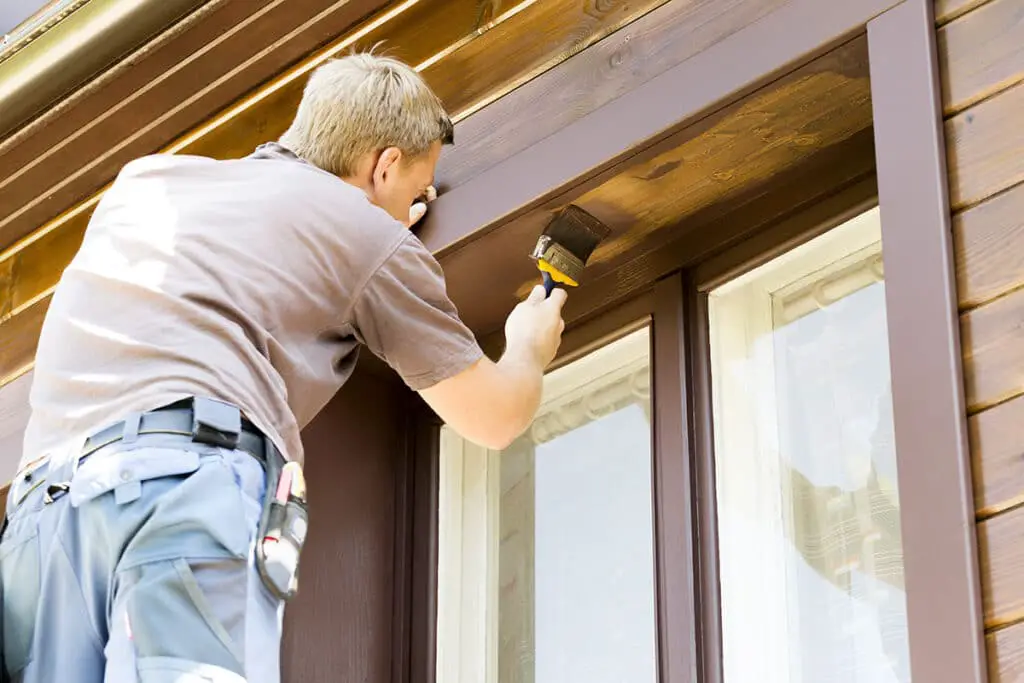
Conclusion
Overall, the drying time for exterior paint can vary depending on several factors. In general, it can take anywhere from a few hours to a few days for exterior paint to fully dry. However, it is important to note that drying time and curing time are not the same. While the paint may feel dry to the touch after a few hours, it may still need more time to fully cure and harden.
One of the main factors that can affect the drying time of exterior paint is the type of paint being used. Different types of paint, such as oil-based or latex-based, have different drying times. Oil-based paints tend to take longer to dry compared to latex-based paints. Additionally, the thickness of the paint layer can also impact drying time. Thicker layers of paint take longer to dry compared to thinner layers.
Another factor that can influence drying time is the weather conditions. Temperature, humidity, and air circulation can all affect how quickly the paint dries. In general, warmer temperatures and lower humidity levels can help speed up the drying process. On the other hand, cold temperatures and high humidity can prolong the drying time. It is important to check the weather forecast and choose a time to paint when conditions are optimal for drying.
Mentioning that different brands of paint may have different drying times. It is always a good idea to read the manufacturer’s instructions and follow their recommended drying times. Additionally, it is important to allow sufficient time for the paint to dry before exposing it to any moisture or harsh weather conditions. This will help ensure that the paint fully cures and provides a durable finish.



